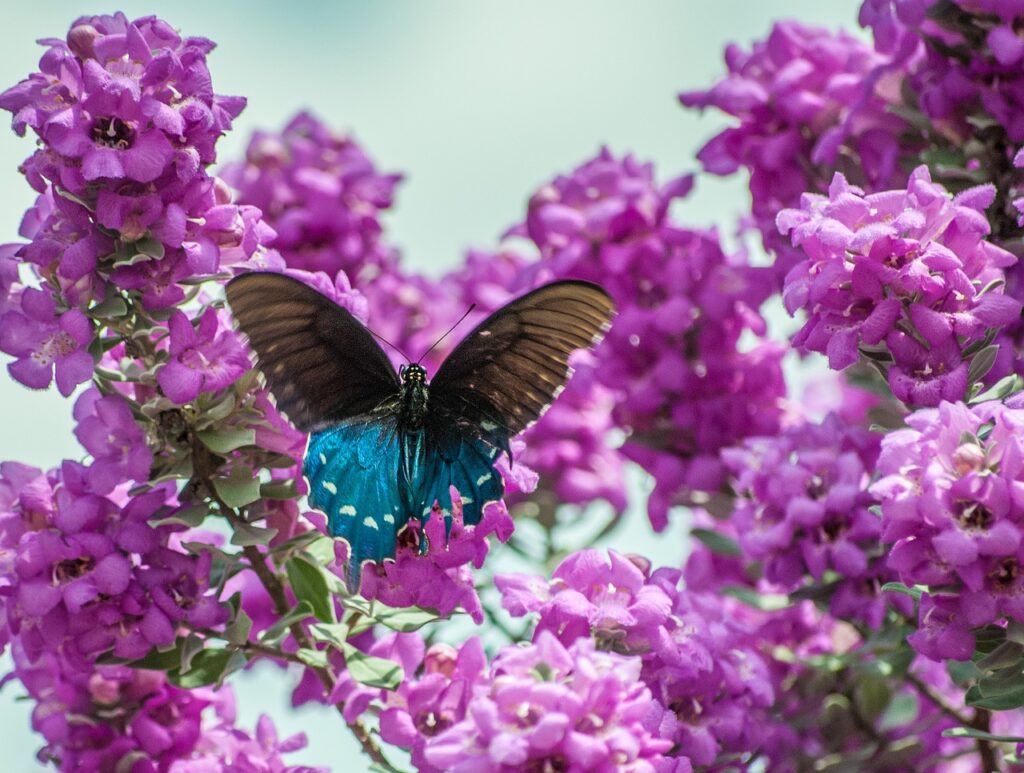Over the past few weeks, we have examined a few native plants from various regions of the United States. Our research continues this week as we journey to the southwestern United States, taking a look at a few plants native to the region.
Why are we looking at native plants? Native plants provide a variety of benefits for both gardeners and the overall environment. For more information, check out our post here.

Texas Ranger (Leucophyllum frutescens)
Also known as Cenizo or Texas sage, this shrub is a great addition to any garden in the arid southwestern region of the United States.
The soft, silver-green leaves of the shrub are present year-round, but once the humidity rises, the shrub bursts into bloom, sprouting vibrant purple flowers. Due to the connection to the rising humidity, the shrub has also been deemed the “barometer plant” of the region.
To care for a Texas ranger plant, be sure to keep the plant in an area with full sun where the soil drains well. The plant is relatively drought tolerant after fully established.
However, to keep the plant in the best condition possible, gardeners should make sure the plant is deeply watered once a week during the summertime, twice a month during the spring and fall, and only once a month during the winter.
Additionally, the plant does not need much fertilizer. Using fertilizer only 1-2 times a year during spring and/or fall should be sufficient.
Texas ranger is a large shrub. The plant needs space at least 10 feet wide to grow to full mature size if 5 feet tall and 8 feet wide. Due to the larger size, many find the plant to look best when used as a background or foundation plant.
Firecracker Beardtongue (Penstemon eatonii)
Known for the vivid scarlet flowers that sit on its tall bloom spikes, the Firecracker Beardtongue is a species native to the southwestern United States. Typically, these flowers appear in the winter and continue through the late spring. In cooler climates, however, the flowers have been known to bloom during the summer.
The native plants will attract hummingbirds to the garden. This provides gardeners with a greater chance at witnessing these amazing creatures in their natural environment. Additionally, it also promotes growth among the hummingbird population as it provides a valuable resource to help the creatures thrive.
To ensure the plants thrive, make sure they are planted in sandy, well-drained soil. This soil should be located where the plants can receive full sun. The plants require deep, but infrequent, watering.
More Information
These two plants are a great start to planting more native plants in the southwestern region of the United States. With more native plants, gardeners are not required to do as much labor. Additionally, gardeners are promoting a healthier environment, creating more habitats and food for pollinator populations to grow.
Looking for more information about native plants and other gardening tips? Check out our blog. Our weekly posts provide helpful information for gardeners of all levels.
